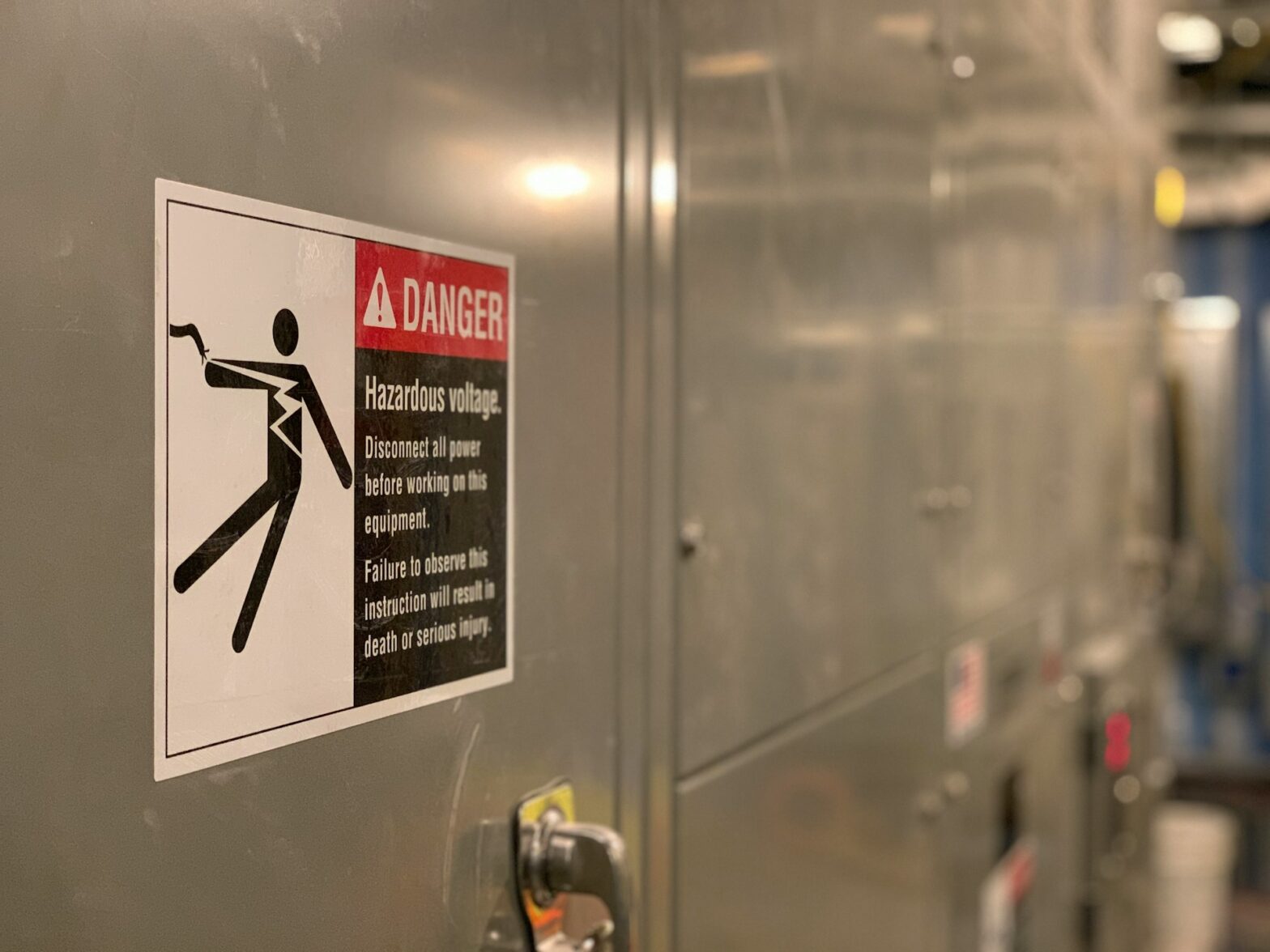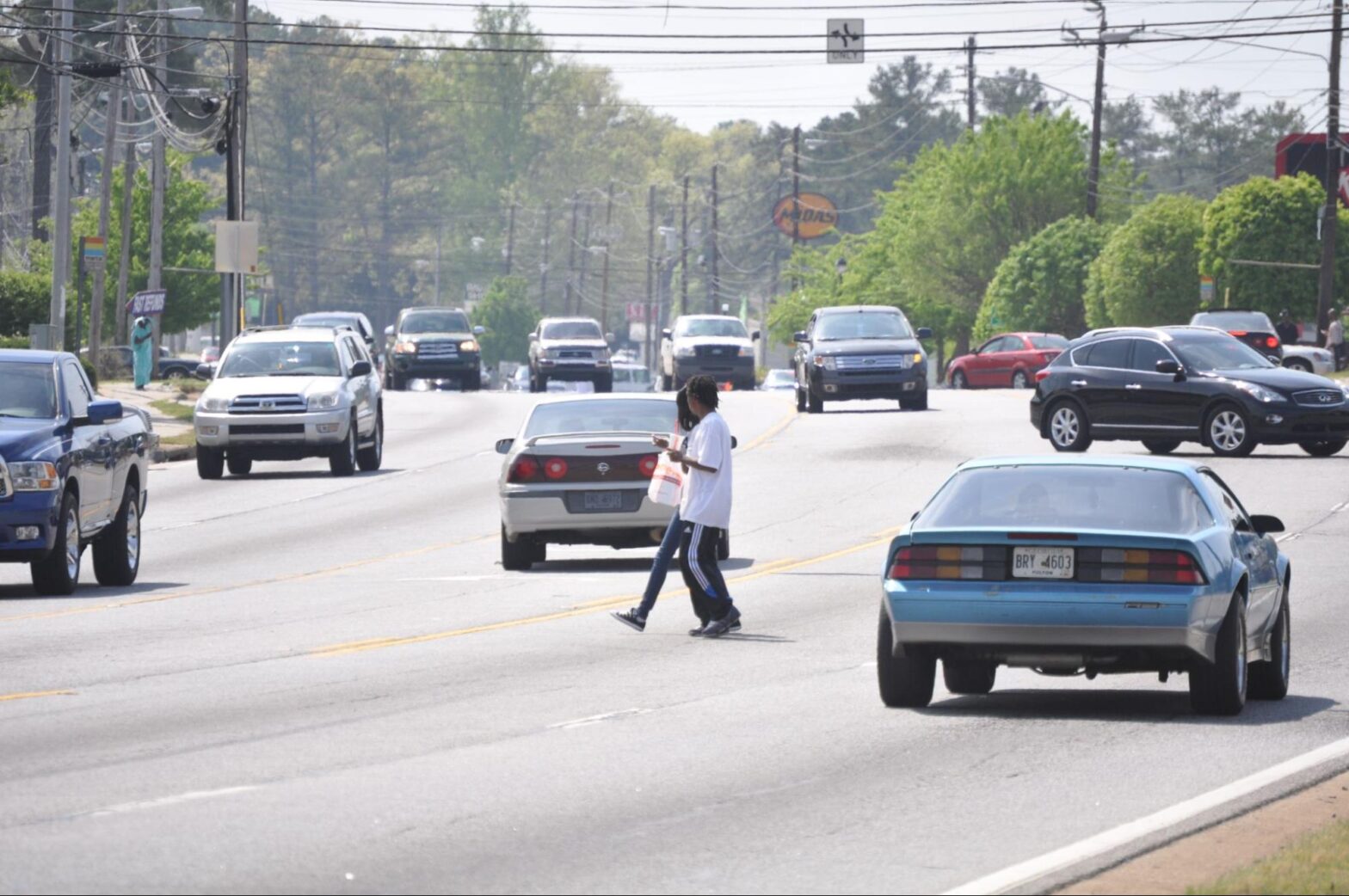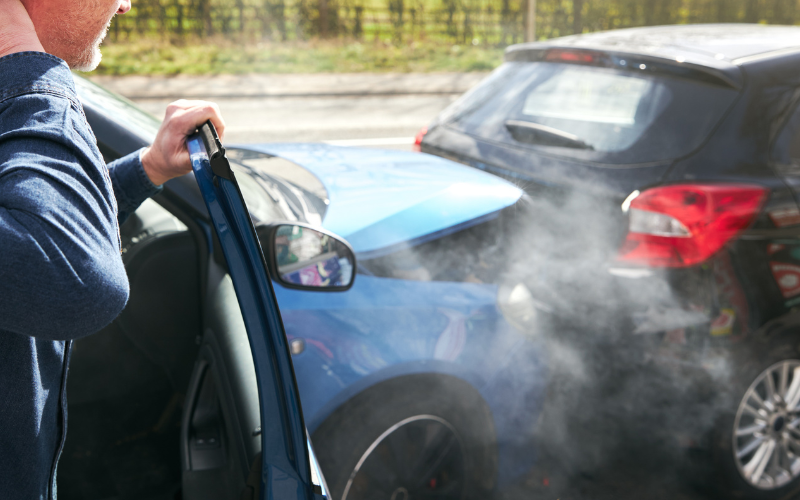Construction accident statistics inform policymakers on what safety regulations and standards are needed to protect workers’ lives and health. The construction industry is the second-deadliest occupation in the US. Workers are frequently exposed to hazardous conditions. To combat these risks, cities like New York, Los Angeles, and Chicago have implemented more stringent safety regulations than the federal mandated safety standards. These efforts are driven by a growing awareness of construction site accident statistics and the pressing need to protect workers.
What are the Most Important Construction Accident Statistics in the U.S.?
Understanding the construction industry injury statistics helps shed light on the industry’s challenges and the progress being made.
Non-Fatal Construction Accidents
According to the Bureau of Labor Statistics (BLS), there were approximately 174,100 non-fatal construction-related injuries in 2020 alone. In 2021, the BLS reported that the total number of nonfatal Construction work injuries and illnesses was about 165,300, indicating a slight decrease from the previous year. In 2022, the nonfatal construction work injuries rose again to 169,600. The most common causes of non-fatal accidents included falls, being struck by objects, and electrocutions. Falls, slips, and trips alone accounted for 27,770 cases, reflecting a persistent challenge in the industry.
Fatal Construction Accidents
Fatal construction accidents remain a significant concern. In 2022, the BLS reported 1,056 fatal accidents in the construction sector. This figure represents a 5.8% increase in construction fatalities compared to 2021 and a fatality rate of 9.6 deaths per 100,000 full-time equivalent workers, one of the highest among all industries.
Falls from height were the leading cause of these fatalities, responsible for nearly 37% of all construction-related deaths. Struck-by incidents were the second most common cause of death, followed by electrocutions and caught-in/between accidents.
How Has New York City Responded to Construction Accident Statistics?
New York City has taken proactive steps and implemented laws and regulations in response to the alarming construction accident rates and trends.
New York’s Local Law 196
New York City Local Law 196 mandates a minimum amount of safety training for construction workers, supervisors, superintendents, site safety coordinators, or site safety managers. The law requires workers to complete 40 hours of safety training, including fall prevention and site safety orientation for workers and 62 hours for supervisors. This regulation was introduced in response to rising construction worker injury statistics and aims to reduce the number of accidents on construction sites.
The Scaffolding Law
One of the most significant laws affecting construction worker safety in New York is the Scaffold Law, officially known as Labor Law Section 240. This law, which has been in place since 1885, holds property owners and employers absolutely liable for elevation-related injuries. The law covers a range of scenarios, including falls from scaffolding, ladders, and other heights and injuries caused by falling objects. The law incentivizes employers to implement rigorous safety protocols and gives the right to injured workers to file workers’ compensation and personal injury claims.
Impact of Safety Regulations
The implementation of Local Law 196 and the ongoing enforcement of the Scaffold Law have had a noticeable impact on construction safety in New York City. According to the NYC Department of Buildings, the number of fatal accidents in construction decreased by 236% from 2022 to 2023. However, non-fatal accidents increased 38%. The increase in accidents and decrease in fatalities suggests that the city’s stringent regulations are helping prevent the worst outcomes when an accident occurs.
How Has Los Angeles Responded to Construction Accident Statistics?
Los Angeles has also passed regulations to address statistics on construction site injuries and fatalities.
Los Angeles Safety Regulations
The city of Los Angeles has implemented the Construction Site Safety Ordinance, which requires stricter safety measures on construction sites. This includes mandatory safety meetings, more frequent inspections, and higher fines for safety violations.
Impact of Regulations in Los Angeles
The introduction of the Construction Site Safety Ordinance, Los Angeles has seen a reduction in both fatal and non-fatal accidents. Statistics from the Occupational Safety and Health Administration (OSHA) indicate a 15% decrease in construction-related fatalities in the city from 2020 to 2023. This reduction highlights the effectiveness of stringent safety measures in lowering construction accident rates and trends.
Which U.S. Cities are the Safest for Construction Workers?
According to the latest data from the BLS and OSHA, cities like Seattle, Portland, and San Francisco have some of the lowest rates of construction-related fatalities. These cities have implemented robust safety regulations, frequent inspections, and strong enforcement of safety laws, contributing to their status as some of the safest places for construction workers.
Seattle has one of the country’s most comprehensive sets of safety regulations, including mandatory safety training for all construction workers and strict enforcement of safety violations. Portland has also been proactive, requiring regular safety audits and offering incentives for companies that maintain excellent safety records.
Which U.S. Cities Are the Most Dangerous for Construction Workers?
Cities like Houston, Dallas, and Miami are currently among the most dangerous for construction workers, based on the latest data from OSHA and the BLS. These cities report higher rates of fatalities and serious injuries compared to the national average.
The high accident rates in these cities can be attributed to several factors, including less stringent local regulations, fewer safety inspections, and a higher prevalence of non-compliance with federal safety standards. These construction accident data and reports highlight the need for stronger enforcement and better safety practices in these cities.
What Should Workers Do in Case of an Accident?
In the event of a construction accident, workers must know the appropriate steps to take.
Steps to Take After an Accident
- Seek Medical Attention: The injured worker’s health and safety should always be the first priority. Seek medical attention immediately. Nothing is more important than the injured worker’s life.
- Report the Incident: All construction accidents should be reported to the site supervisor or safety officer as soon as possible. Proper documentation of the accident is necessary to file claims or lawsuits.
- Gather and Preserve Evidence: If possible, workers should try to gather and preserve any evidence related to the accident, such as taking video and photographs of the scene. This can be important for any future claims or legal actions.
- File a Workers’ Compensation Claim: After an accident, injured workers should file a workers’ compensation claim to receive compensation for medical expenses and lost wages.
- Consult with an Attorney: In cases where negligence or non-compliance with safety regulations is suspected, injured workers should consult with a successful Construction Accident Law Firm. Legal advice can be crucial in navigating the complexities of workers’ compensation, identifying liable parties, and following up with potential lawsuits.
The Ongoing Impact of Construction Accident Statistics on Workforce Policies
Construction accident statistics play a significant role in shaping workforce policies across major U.S. cities. The data highlight the dangers inherent in the construction industry and guide the development of regulations and safety measures designed to protect workers. However, much work remains to be done, especially in cities where workplace construction accident data reveal higher rates of fatalities and injuries. As construction continues to be a critical industry for economic growth, policymakers, workers, Federal and local agencies, and lawyers must remain committed to improving safety standards and holding negligent employers accountable.















